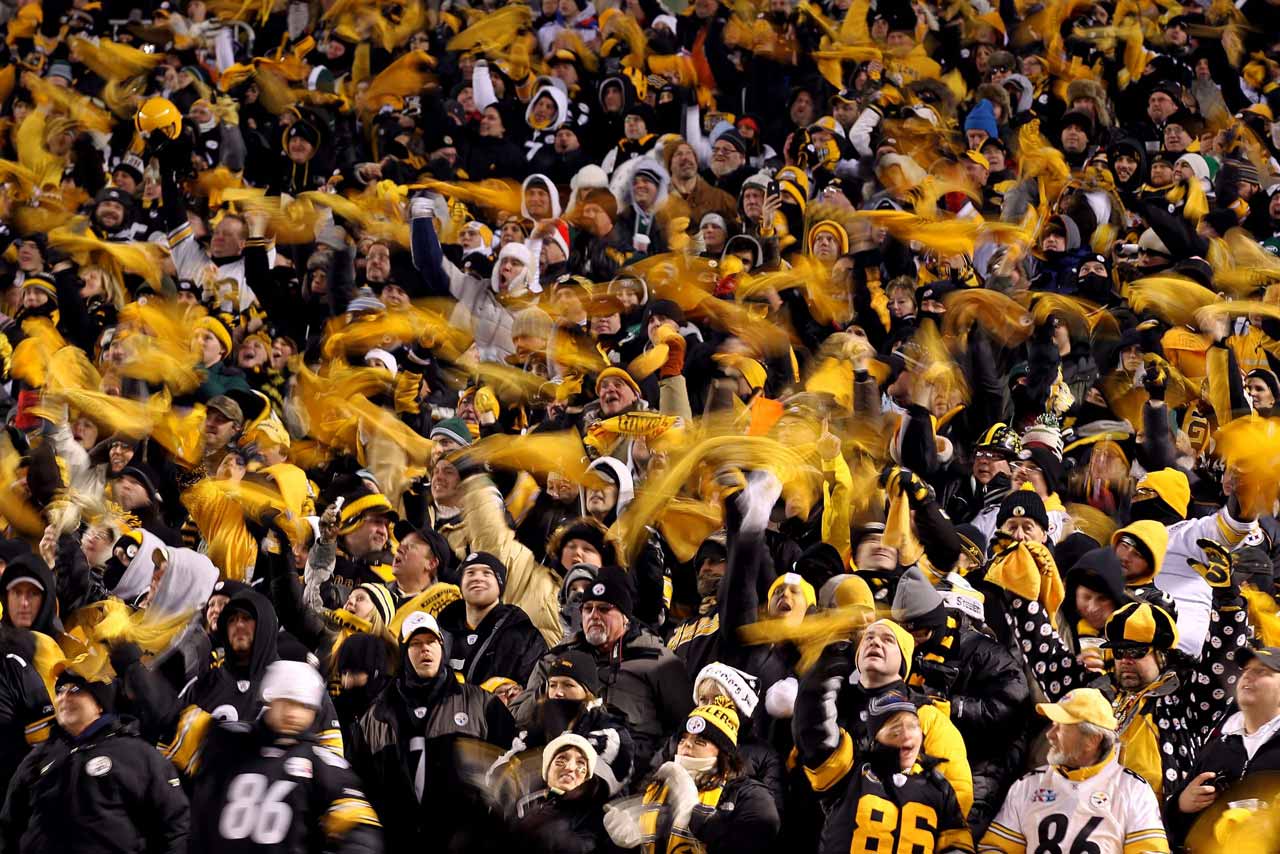A lot was written during the 2020 campaign about dropped balls being a plaguing issue for the Pittsburgh Steelers.
And the critics voicing those concerns were not wrong.
Case in point, Dionate Johnson did lead the league in dropped passes with a total of 10. And, depending on which website you use, the Steelers - as a team - also led the NFL. Personally, I prefer to use Pro Football Focus, which charted the Steelers with a league-leading 40 dropped passes this season.
As you can imagine, 40 dropped passes can lead to a lot of downstream issues.
For example, Adam Bittner, over at the Pittsburgh Post-Gazette, did a solid deep-dive on Ben Roethlisberger's deep throw attempts. In doing so, it becomes apparent that at least a small part of Roethlisberger's struggles were dropped passes.
But, looking at dropped passes individually does not tell the whole story.
You have to consider the total amount of catchable balls against the total number of dropped passes to be able to really judge a team's performance.
Unfortunately, even that bit of mathematical gymnastics does not ease the suffering for the Steelers.
Just take a look at the chart:
The Steelers, according to the data collected from nflfastR, attempted 676 passes this season. Of those 676 attempts, PFF charted 468 of them as being catchable. While those 468 catchable balls were the best in the league, you need to consider the overall percentage.
For example, Roethlisberger’s total catchable balls divided by his total attempts results in a percentage-catchable rate of just 69.2%.
Not great.
Of those 468 catchable passes, the Steelers - as previously mentioned - dropped the ball 40 times. That works out to an 8.5% drop rate.
That is fourth-worst in the NFL, barely worse than the Baltimore Ravens' total drop rate of 8.54%. As you can see, the Steelers' drop rate percentage is only marginally better than the team's worst-in-the-NFL 40 total drops.
The problem is clearly twofold.
The Pittsburgh receivers need to stop dropping the ball at such an insane rate.
At the same time, Roethlisberger is nowhere near as accurate as he once was. This is especially obvious when looking at deep ball accuracy.
Here is your look at deep ball attempts vs. accuracy for the 2020 season. Between Roethlisberger and Haskins, it is not likely that the #Steelers are going to see a good deep ball anytime soon.
— Brad Congelio 🏈📊🧑💻 (@BradCongelio) February 18, 2021
Also: @TomBrady. Come on, man. @SteeIerNation @fugimaster24 pic.twitter.com/zybWelTYIB
In any case, it is a perfect storm-type scenario. An aging quarterback, who is increasingly less accurate than in previous years coming off a rather substantial throwing-elbow surgery, is tossing the pigskin to a group of receivers who - on a whole - have one of the highest drop rates in the league.
It is not a one-or-the-another type of problem.
It is a problem.
And I have a gut feeling it is one that the Steelers coaching staff was aware of heading into the season. It would explain why Roethlisberger did not even break seven yards in average depth of target (6.9 yards aDOT).
It would also explain why one of his most sure-handed wide receivers, JuJu Smith-Schuster, has seen his average yards per target dip every season since 2017. His 2020 aYPT was a measly 6.5. That is one of the lowest averages among receivers with at least 100 targets.
A shallower depth of target means less chance of accuracy issues coming into play.
For example, look at the heat map of target depth between Roethlisberger and Lamar Jackson, both of who operated out of the shotgun/pistol formation more than almost anyone else in the NFL this past season:
In the end, a far argument and assessment can be made that the Steelers coaching staff attempted to resolve Roethlisberger’s accuracy issue by limiting his downfield throwing.
What they did not account for was the amount of dropped balls.
And that correction is yet to be seen.
#SteelerNation





